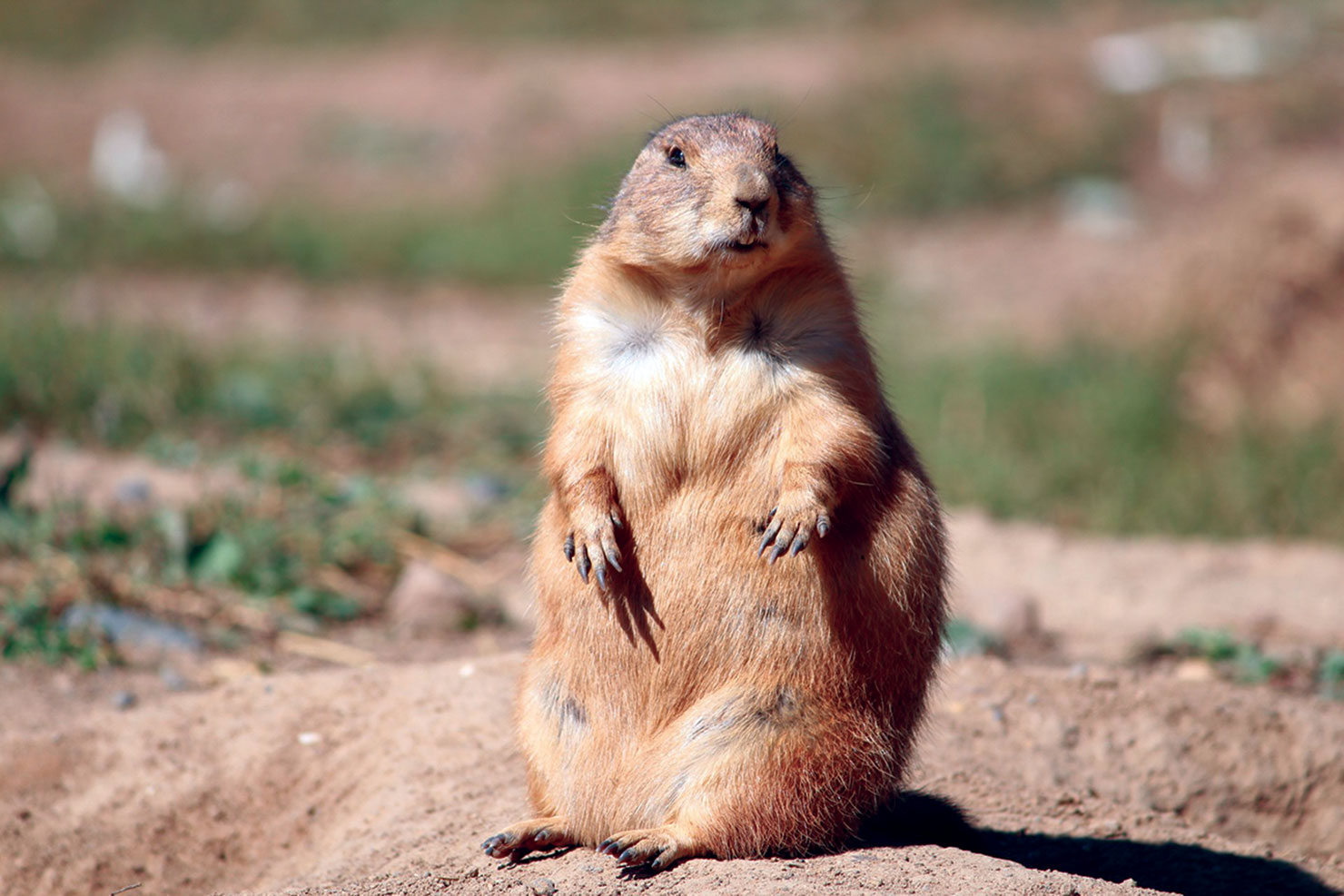In the past few years there has been a dramatic increase in the prairie dog population in the area and as a result their colonies have expanded closer to where people live and work.
The damage and danger of close contact with these rodents is well known and a big concern for most landowners. Prairie dogs are a native species that is found in much of the western United State including this part of Colorado.
Even though they play an important role in the ecosystem, extremely high populations cause an imbalance to that system. Control and management of prairie dogs becomes necessary when they begin to dig burrows close to homes and other structures, creates a hazardous environment, or causes a negative impact.
There are many control methods available to us, and choosing the best option depends on several factors, such as location, size, distant from houses, and the amount of labor available to do the work.
Generally speaking, nearly all methods are about 60 to 65 percent effective and usually require more than one treatment per site. The earlier in the year you begin your management program the more effective it will be. Late February early March is best, stating when prairie dogs first begin to emerge after spending the winter underground. This eliminates adults before they are able to have pups and disrupts there breeding season.
In every case our first concern must be safety, not only our own, but other people and property around us, and also other animals in the area, be it wildlife, pets, or livestock. When prairie dogs encroach close to homes there are fewer management options available to us.
Some common prairie dog control methods are: shooting, poisoning with toxic bait or fumigant, trapping, placing smoke bombs in borrows, and setting off explosions in there borrow systems. Other home and folk remedies exists, however their effectiveness is unknown and may cause unintended results. The above-mentioned methods require caution when used.
Toxic baits and fumigants, which are restricted use products regulated by the state of Colorado, and individuals must become licensed in order to purchase and apply them. The process is fairly easy, requiring the applicant to pass a written test to show their understanding of the basic knowledge needed to safely handle and use these products.
Also there are certain limitations on what type of control methods can be used in subdivisions.
The task of eliminating or reducing prairie dog numbers to an acceptable level is a difficult, but can be achieved. With planning, proper timing, and the right control method (or more likely a combination of a several control methods) significant progress can be made.
More information can be found on the Colorado Department of Agriculture’s website https://www.colorado.gov/pacific/agplants/pesticides, or at 305 Interlocken Parkway, Broomfield, CO., 80021, 303-869-9050.
The Southern Ute Agriculture Division is available to provide technical information on prairie dog management issues, and assist with the licensing process to be able to use restricted baits and fumigants. Please feel free to give us a call at 970-563-0220 or come by our office.

